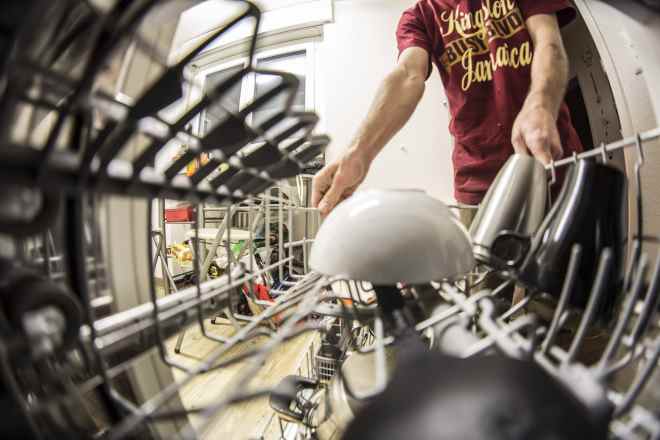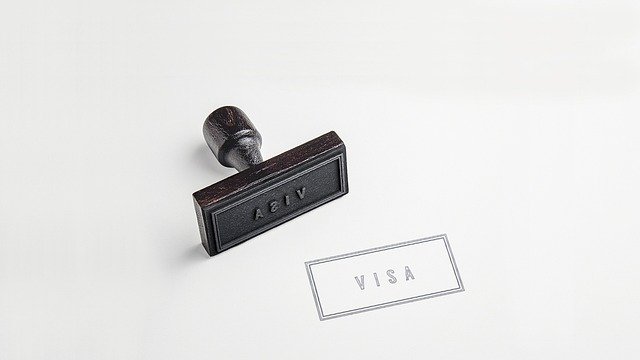Reimagining Business Success Through Industrial Eco-Innovation
As the world grapples with the realities of climate change, businesses across the globe are facing increasing pressure to reduce their environmental footprint. In response, a new movement is gaining traction within the industrial sector: Eco-Innovation. This radical approach to business operations is not just about preserving the environment; it offers a pathway to increased profitability, efficiency, and growth.
Origins and Evolution of Eco-Innovation
Eco-Innovation emerged from the growing recognition that traditional business models often contribute to environmental degradation. However, the concept has evolved from merely ‘doing less harm’ to the environment to actively creating positive environmental and social impacts.
During the early stages, Eco-Innovation was often limited to recycling initiatives and implementing energy-efficient technologies. Today, it has grown into a comprehensive strategy, with businesses innovating in areas such as waste management, resource efficiency, renewable energy, and sustainable product design.
The Current State of Industrial Eco-Innovation
Today, companies worldwide are embracing Eco-Innovation as part of their operational and strategic plans. It is recognized as a powerful tool to achieve sustainability goals, improve competitiveness, and create new market opportunities.
For instance, some businesses are developing eco-friendly products and services that cater to the increasing consumer demand for sustainable alternatives. Others are innovating their processes to minimize waste, reduce energy consumption, and use resources more efficiently.
Impacts and Benefits of Eco-Innovation
Adopting Eco-Innovation can deliver significant benefits for businesses. It can lead to cost savings through increased resource efficiency and waste reduction. It can also open new markets and revenue streams by creating sustainable products and services.
Moreover, Eco-Innovation can enhance a company’s brand reputation and customer loyalty. In today’s market, where consumers are more environmentally conscious, businesses that can demonstrate a commitment to sustainability have a competitive edge.
However, implementing Eco-Innovation is not without its challenges. It requires significant investment and a willingness to disrupt traditional business models. Nevertheless, the long-term rewards often outweigh the short-term costs.
Practical Applications of Eco-Innovation
-
Implementing cleaner production techniques to reduce pollution and waste.
-
Designing products with a longer lifespan or that can be easily repaired, reused, or recycled.
-
Incorporating renewable energy sources into operations.
-
Streamlining logistics and supply chains to minimize carbon emissions.
-
Engaging in collaborative initiatives with other businesses or communities to share resources and knowledge.
In conclusion, Eco-Innovation represents a significant opportunity for businesses in the industrial sector. Not only can it help companies reduce their environmental impact, but it can also drive profitability and competitiveness in a shifting market landscape. As consumers and regulators increasingly demand sustainability, Eco-Innovation is no longer just a nice-to-have—it’s a business imperative.





